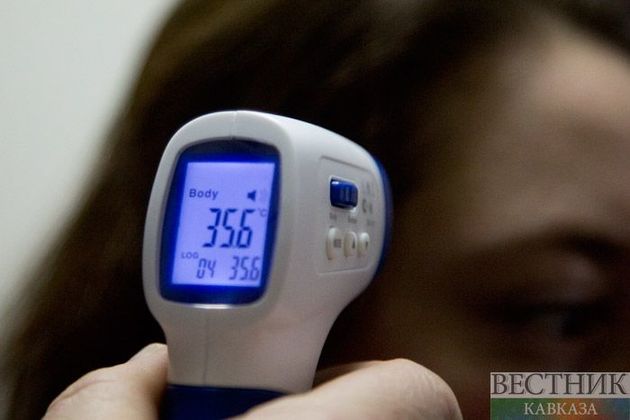Decisions about whether to reopen schools during the coronavirus pandemic are naturally fraught, given the many potentially conflicting needs that are involved: the health of pupils and teachers; the need for education and socialization; and economic and mental-health imperatives for parents to be able to work without simultaneously caring for their kids, Fortune writes in the article Masks, small classes, and outdoor lessons: How 5 countries in Europe are reopening schools.
In some countries, such as the U.S., the calculus is complicated by the fact that COVID-19 transmission remains widespread in communities. In Europe, where infection rates are now far lower—though not yet entirely under control—the flattened curve has allowed schools to reopen more freely over the past few months. Here's how that's gone in five European countries–and you will notice the same themes recurring everywhere, to varying degrees.
Germany
Some German schools partially reopened in the spring, but it is only now, after the summer break, that schools are fully reopening across the country. Under Germany's federal system, each state has its own timing for the summer break, and the northeastern state of Mecklenburg-Western Pomerania—which has had Germany's lowest infection rates—last week became the first to fully reopen its schools. Berlin, Brandenburg, Schleswig-Holstein, and North Rhine-Westphalia are following suit this week. Mecklenburg-Western Pomerania's early experience was not particularly heartening. By the end of that first week back, two schools had to be closed due to infections—a teacher in one school, a pupil in the other. There's a big debate around whether kids should have to wear masks at school. In Schleswig-Holstein, doing so is not compulsory. In Berlin and Brandenburg it is, though only in corridors, canteens, and stairwells. In North Rhine-Westphalia, masks will be compulsory in the classroom, too—but only until the end of August. Germany's federal education minister, Anja Karliczek, would simply prefer everyone to wear masks in school buildings.
Sweden
Schools never closed in Sweden, nor did they substantially change their rules. This created an opportunity to collect data on how COVID-19 might spread in schools under such circumstances—but such data was never collected. Anders Tegnell, Sweden's top virologist, maintains that the decision to keep Swedish schools and day-care centers open did not have much bearing on infection rates. He has also warned that opening schools only to close them again, due to resurgences in infections, would be "disastrous" for trust in public authorities.
U.K.
Scottish schools are set to reopen Tuesday, with the authorities noting that just 0.8% of Scottish cases have involved people under the age of 15. Schools are encouraged to ventilate rooms as much as possible, and to quarantine returned library books for three days. Social distancing is not required for kids in primary schools, but older children might be discouraged from physical contact. Many Welsh schools reopened at the end of June, making classes smaller and staggering them so only a third (at most) of pupils are present at any one time. All schools are supposed to open fully in early or mid-September. However, Welsh First Minister Mark Drakeford has warned that local flare-ups could lead to school closures. As for England and Northern Ireland, Prime Minister Boris Johnson wants schools fully open in September. In June, his government began a phased reopening of schools but had to change its mind due to staff shortages and the spatial implications of trying to organize smaller classes. A study published last week in The Lancet predicted that the reopening of schools in September would have to be accompanied by widespread coronavirus testing, quarantine, and contact-tracing measures—otherwise a second wave would probably appear, peaking in December.
Italy
Italy was unusual in keeping all schools closed after its initial lockdown ended, though it was of course hit very badly by the pandemic early on. Now, it plans to reopen schools on Sept. 14. Classes will need to be smaller to allow for social distancing—50,000 temporary teaching staff are supposedly going to be brought onboard to make this possible, with federal funding, and some school districts are literally sawing desks apart so children won't need to be too close to one another. Students and teachers will have to wear masks (and the latter will need to wear face shields, too). There will also be a big push to hold lessons outdoors where possible, or take classes to theaters and museums.
France
France started reopening schools in May, on a voluntary basis. Dozens of potentially school-linked infections quickly appeared, leading to many urgent school closures, but the government said the length of incubation made it likely that the infections took place before the schools opened their doors. Following weeks of gradual reopening, the return to French schools began in earnest in late June, after President Emmanuel Macron said it was "obligatory." There were no social distancing rules for kindergarten children, a one-meter rule for primary schools, and a mask mandate for older children in cases where social distancing was not possible. However, this compulsory schooling lasted only a couple of weeks, as France's two-month school summer holidays kicked in at the start of July. That means September will be the time to assess how things are going.






